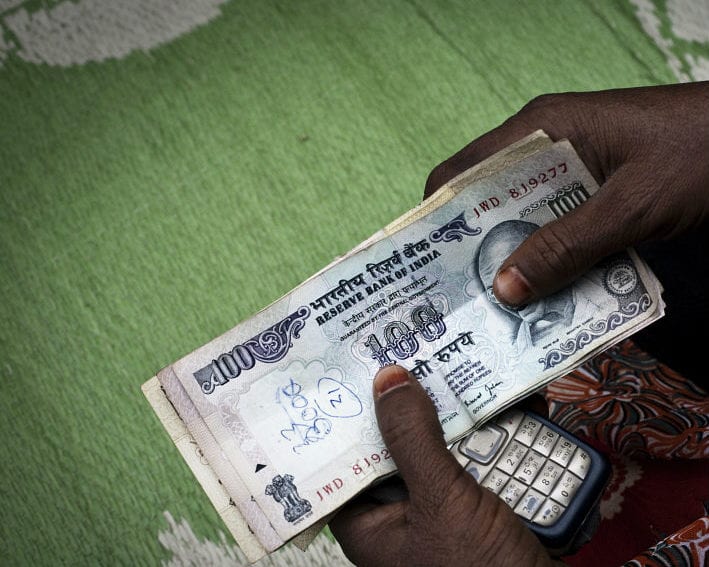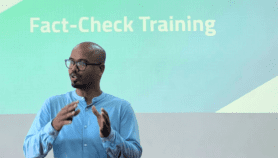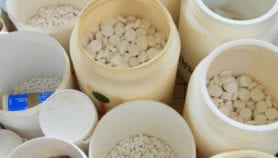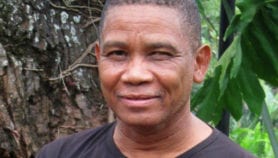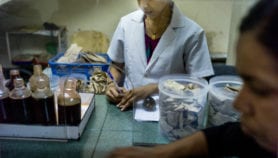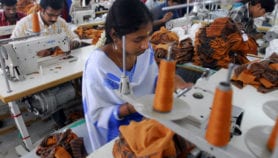By: Imogen Mathers
Send to a friend
The details you provide on this page will not be used to send unsolicited email, and will not be sold to a 3rd party. See privacy policy.
What do zombies, halitosis and dams have in common?
Not much, you might think. But this unlikely trinity cropped up at an event in London, United Kingdom, earlier this week to illustrate the different characteristics of corruption.
The 29 June event, Corruption and development, brought together researchers, policymakers and anticorruption campaigners to discuss how global development organisations can tackle corruption more effectively.
Listening to the different speakers reflect on the challenges of analysing, measuring and fighting corruption, I was struck by the note of exasperation that ran through their conversations. Speakers turned to fairly off-the-wall analogies to illustrate their points — a symptom perhaps of how testing it is to decode and analyse corruption.
Let’s unpick some of these analogies. Heather Marquette, director of the Developmental Leadership Program at the University of Birmingham, United Kingdom, used the image of zombies to reflect on the imperfect science of anticorruption strategies. Just as her young son imagined he could destroy zombies with a “nuclear blaster gun”, she said, so donors and development agencies tend to pin their anticorruption hopes on single interventions.
Corruption is global and transnational. We need to be much more realistic about how we perpetuate corruption in the global South.
Finn Heinrich, Transparency International
But the problem is, as Marquette and others described, that stand-alone interventions are often not up to the task of rooting out corruption. This is because corruption is usually widespread and deeply entrenched in political and social processes. It has many different guises, flourishes in a profusion of places, and feeds off a nexus of culture, politics, economics and history that is unique to each context.
The moment you plug one gap — stamping out corruption in the police for example — another opens up. Phil Mason, the anticorruption advisor for the UK’s Department for International Development (DFID), used the dam analogy. “Corruption is like water,” he told the event. “You dam it all up, but it will go through the weakest [spot].”
So what can be done to fight a global scourge that seems to be worsening? Depressingly, the report’s authors stressed that the evidence base for what interventions work is both patchy and hard to decipher.
The most corruption-free countries tend to be those where the rule of law, police and a free press all thrive. With 21 out of 28 of DFID’s priority countries now classed as ‘fragile’, the challenge for donors and governments is immense indeed.
But research does throw up a few recommendations for the future, explained Nils Taxell, senior advisor at the U4 Anti-Corruption Resource Centre. Taxell coauthored a DFID report, Why corruption matters, which synthesises the latest science on corruption and tries to give some recommendations.
One strategy is to run interventions concurrently. “When several reforms are working in tandem or together rather than as standalone interventions, there’s a stronger possibility of having impact,” Taxell said.
Another is to involve civil society and create a strong press. James Deane, director of policy and planning at BBC Media Action, the UK broadcaster’s development charity, described the “significant causal relationship” between a free and independent media and low corruption.
Mason described this mix of vocal citizens and media as components of a “magic solution”. But getting there means signing up to broad-based interventions that target education, the press, civil society, leadership and political will — what Marta Foresti of UK think-tank the Overseas Development Institute described as a “big sector approach”.
The event heard that developed countries might in fact be complicit in creating and nurturing corrupt practices in poorer countries, particularly as globalisation accelerates.
“Corruption is global and transnational. We need to be much more realistic about how we perpetuate corruption in the global South,” said Finn Heinrich, research director at Transparency International.
Clearly there’s much to mull over here and much to despair about. But recognising that this many-headed hydra finds a home in developed as well as developing nations and thrives in the relations between them throws up urgent questions about the dynamics of global power. This seems to be a good place to start the fight against corruption.
References
Why corruption matters: understanding causes, effects and how to address them (Department for International Development, January 2015)


